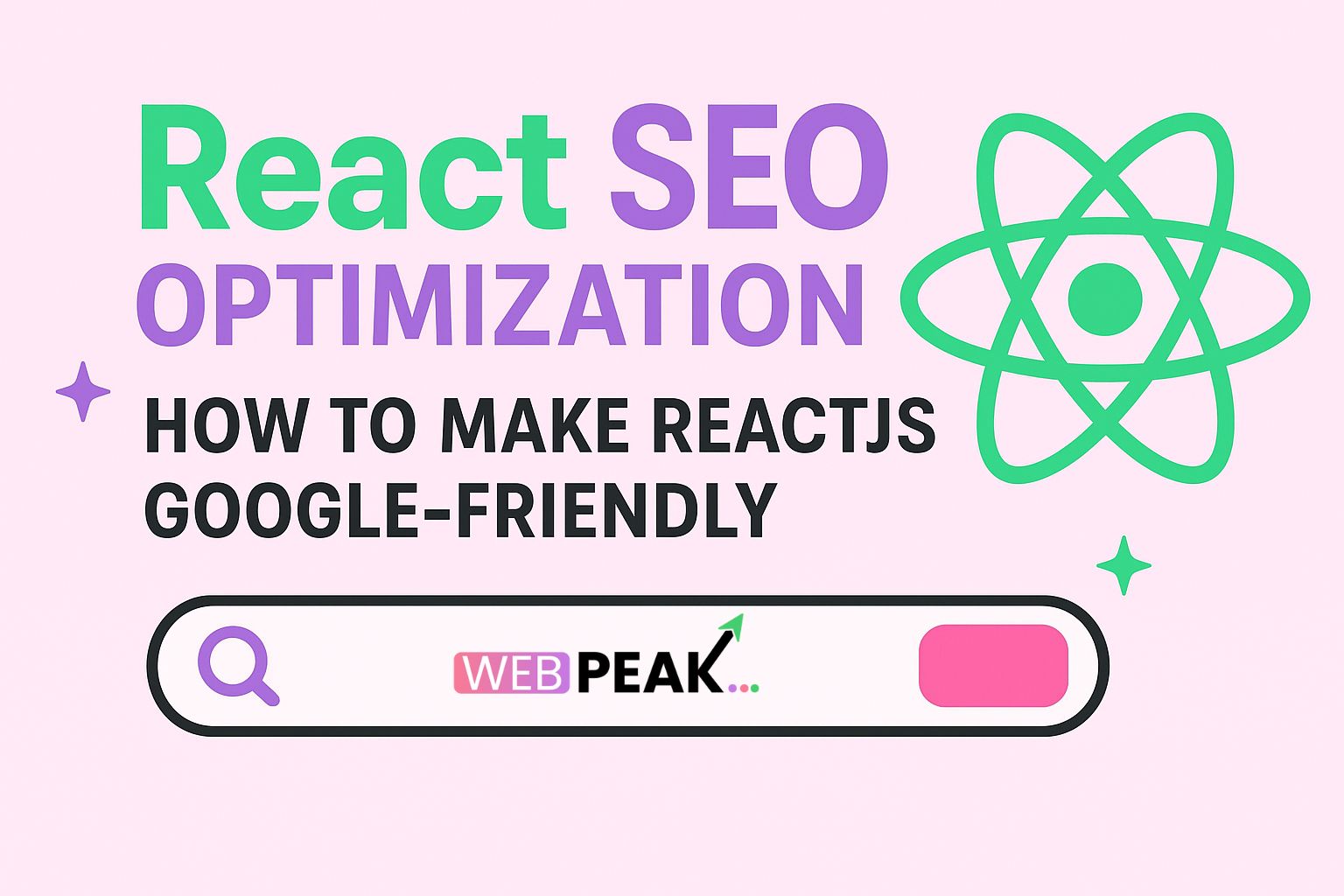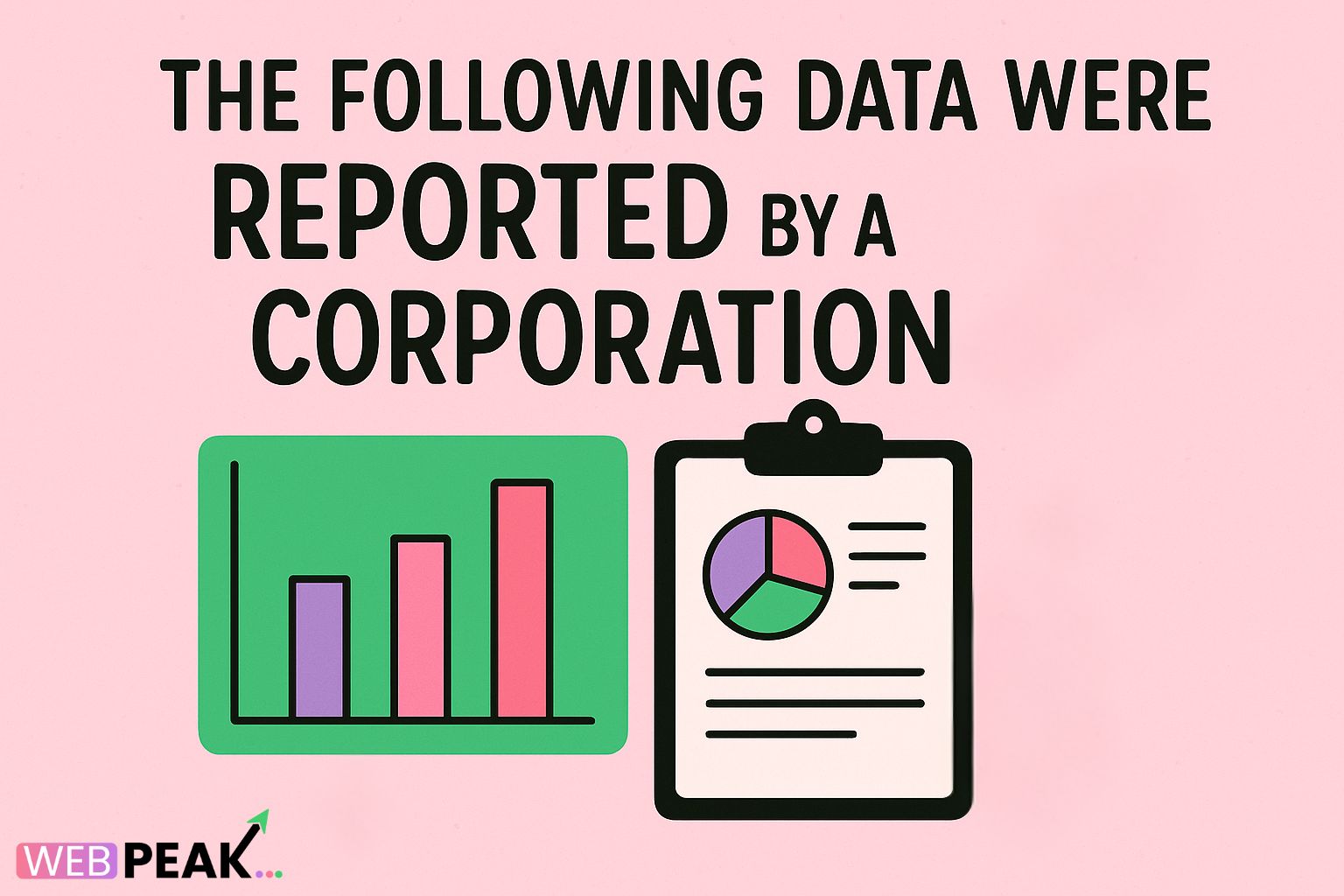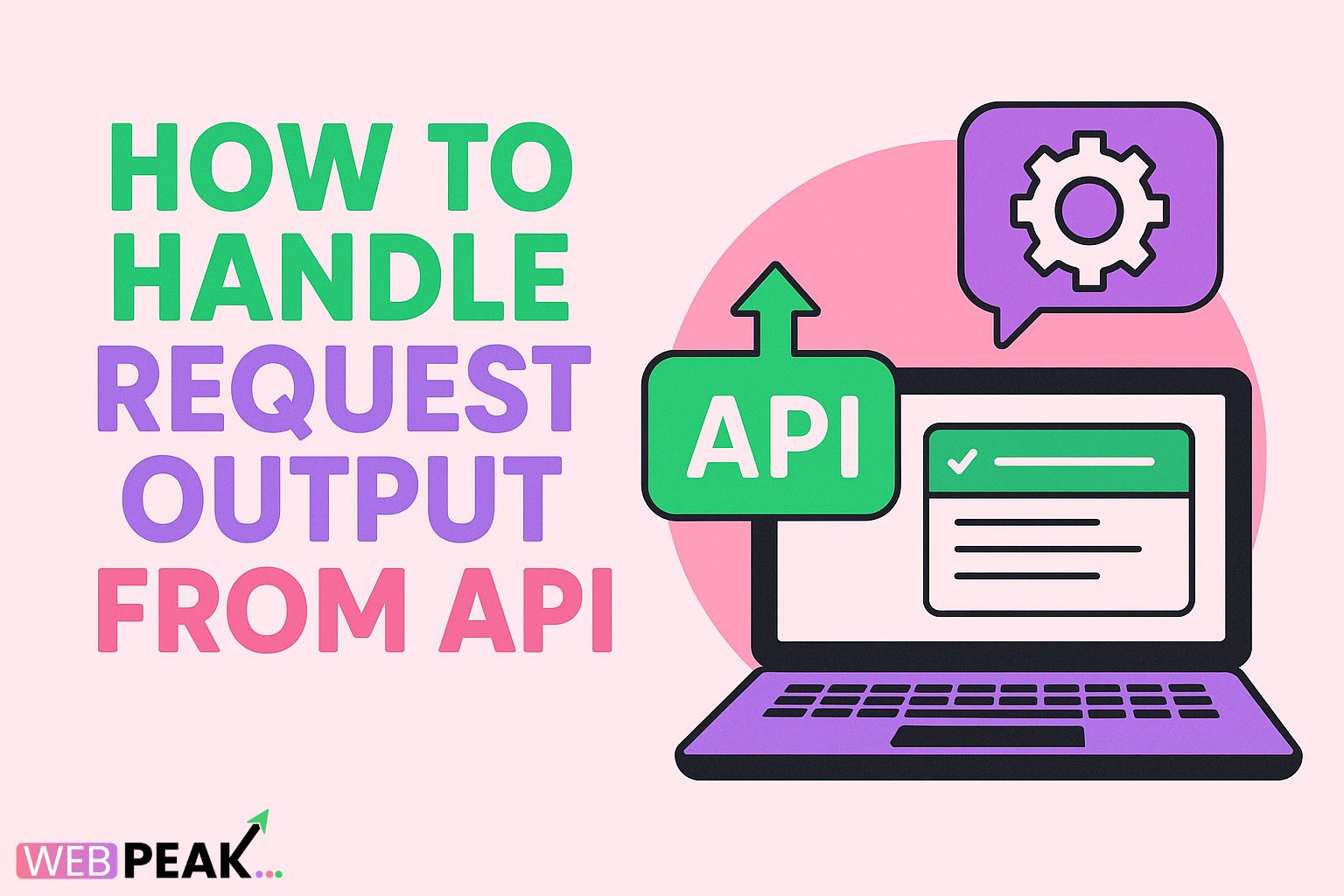React SEO Optimization: How to Make ReactJS Google-Friendly
React SEO Optimization: How to Make ReactJS Google-Friendly is one of the most important topics for developers and businesses that rely on React-based websites but struggle to gain visibility on search engines. React delivers exceptional UI performance, but without the right optimizations, search crawlers cannot index pages effectively. This creates SEO barriers that impact rankings, organic traffic, and conversions. Fortunately, with the right implementation—including server-side rendering, hybrid rendering, metadata enhancement, and structured data—React websites can rank competitively on Google. This complete guide reveals practical, developer-focused strategies to make React SEO-friendly while improving performance and search discoverability.
Understanding the SEO Challenges of React
React applications use JavaScript-heavy rendering, which creates content in the browser instead of delivering static HTML from the server. This results in:
- Search engines receiving an empty or incomplete HTML shell
- Delayed indexing due to JavaScript rendering requirements
- Poor initial load experience for crawlers and users
- Missing metadata unless dynamically injected
Although Google can process JavaScript, the delay between crawling and rendering can slow SEO indexing. To solve these issues, React SEO optimization must focus on rendering strategy, crawl efficiency, metadata precision, and performance tuning.
React SEO Optimization Principles for Higher Google Rankings
1. Choose the Right Rendering Strategy
The backbone of React SEO optimization lies in selecting a rendering method that allows search engines to read page content instantly.
Client-Side Rendering (CSR)
Content loads entirely in the browser. This is poor for SEO unless enhanced with pre-rendering solutions.
Server-Side Rendering (SSR)
HTML is generated per request, delivering crawl-ready content instantly. Ideal for SEO-critical pages.
Static Site Generation (SSG)
Generates pages during build time, creating ultra-fast static pages perfect for blogs and landing pages.
Incremental Static Regeneration (ISR)
Combines static performance with dynamic updates without rebuilding the entire site.
Recommendation: Hybrid implementations (SSR + SSG + ISR) provide the strongest React SEO optimization outcomes.
2. Ensure Google Crawlers Receive Fully Rendered HTML
Use frameworks like:
- Next.js – Native SSR, SSG, ISR, metadata injection, image optimization
- Gatsby – Static-first architecture for ultra-fast indexing
- Remix – Loader-based server rendering and caching
- Vite SSR – Build-your-own server-rendered setup
3. Prioritize Metadata Delivery
SEO depends heavily on metadata being present in the initial HTML response. Each page must define:
- Title tags
- Meta descriptions
- Canonical URLs
- Open Graph and Twitter tags
For React SEO optimization, metadata must render server-side or at build time—not client side.
4. Inject Structured Data for Page Context
Use JSON-LD schema to define context (article, product, review, local business, etc.):
<script type="application/ld+json">
{
"@context": "https://schema.org",
"@type": "SoftwareApplication",
"name": "React SEO Optimization Guide"
}
</script>
This increases visibility in rich results and improves content understanding.
5. Generate an Automated Sitemap and Robots Configuration
Search crawlers rely on sitemaps to index pages efficiently.
- /sitemap.xml → List all indexable URLs
- /robots.txt → Guide crawler access rules
- Auto-update sitemap when content changes
Step-by-Step Optimization Guide for React SEO
Step 1: Enable Server Rendering or Pre-Rendering
Use one of:
- Next.js getServerSideProps (SSR)
- Next.js getStaticProps (SSG)
- ISR for high-scale dynamic content
Step 2: Add Dynamic Meta Tags
Use metadata per page instead of a single static title or description.
- Avoid duplicates
- Use keyword-aligned descriptions
- Stay under 60 characters for titles
- Stay under 155–170 characters for descriptions
Step 3: Optimize URL Structure
Use clean, readable URLs:
- ✅ example.com/react-seo-guide
- ❌ example.com/page?id=123
Step 4: Improve Crawl Budget Efficiency
- Lazy-load non-critical resources
- Reduce heavy JS bundles
- Split code using dynamic imports
- Cache static assets aggressively
Step 5: Enhance Internal Linking
Google discovers pages through links. Ensure:
- Contextual links inside content
- No orphan pages
- Logical category linking
- Anchor text contains meaningful keywords
Step 6: Compress, Optimize, and Resize Images
Use modern formats like WebP and AVIF. Include:
- Descriptive ALT tags
- Width/height attributes
- Lazy loading
- CDN delivery
Benefits of AI Powered SEO Optimization
AI enhances React SEO optimization by automating tasks and improving predictive accuracy.
- Automatically generate meta tags at scale
- Detect crawling errors and indexing gaps
- Analyze ranking opportunities
- Monitor Core Web Vitals fluctuations
- Automate content gap discovery
Best Practices for SEO in Digital Marketing
- Align content with search intent
- Use semantic keyword clustering
- Build topic authority, not just keyword volume
- Monitor via Google Search Console and Lighthouse
- Improve E-E-A-T signals using credibility indicators
Performance Optimization Checklist for React SEO
- Enable SSR or SSG
- Serve HTML before JavaScript hydration
- Use modern image formats
- Reduce JS bundle sizes (under 200 KB ideal)
- Score 90+ on Core Web Vitals
- Eliminate CLS movement
- Use HTTP caching headers
- Deliver content via CDN
Common Mistakes & How to Fix Them
| Mistake | Impact | Solution |
|---|---|---|
| CSR only | Slow indexing | Adopt SSR, SSG, or ISR |
| No metadata | Poor rankings | Add dynamic & unique meta tags |
| Large JS bundles | High bounce rate | Code splitting + lazy loading |
| No sitemap | Missed index coverage | Auto-generate sitemap |
Monitoring and Testing React SEO Performance
- Google Search Console → Index coverage, crawl errors
- PageSpeed Insights → Core Web Vitals
- Lighthouse → Technical SEO score
- Mobile-Friendly Test → Responsiveness
- Rich Results Tester → Schema validation
Enterprise React SEO Strategy
For large-scale React applications:
- Implement micro-caching for SSR pages
- Use Edge rendering (Cloudflare, Vercel Edge)
- Automate metadata generation with AI
- Use distributed sitemaps for scale
- Perform log file analysis to track crawl frequency
React SEO Optimization for Local Search & E-Commerce
Local businesses should add:
- LocalBusiness Schema
- City + service landing pages
- Google Business Profile links
E-commerce sites should include:
- Product schema (price, stock, SKU)
- Review & rating schema
- Fast filter and category indexing
Sustainable SEO Requires Technical + Content Alignment
Search algorithms evolve, but stable ranking comes from merging:
- Technical SEO (fast crawling + clean indexing)
- Content depth (helpful, expert insights)
- User experience (fast, clear, intuitive)
- Authority (links, citations, structured data)
For businesses wanting full-scale optimization, WEBPEAK is a full-service digital marketing company providing Web Development, Digital Marketing, and SEO services.
FAQs
1. Is React bad for SEO?
No. React can rank extremely well when rendered properly using SSR, SSG, or hybrid methods instead of pure client-side rendering.
2. What is the best framework for React SEO optimization?
Next.js is the strongest option because it supports SSR, SSG, ISR, metadata, and image optimizations out of the box.
3. Can Google crawl JavaScript React websites?
Yes, but crawling and indexing are delayed. Pre-rendered HTML ensures instant and reliable indexing.
4. Does React need a sitemap?
Absolutely. Even with dynamic rendering, a sitemap accelerates indexing and prevents orphaned pages.
5. How can I check if my React site is SEO friendly?
Use Google Search Console, Lighthouse, Mobile-Friendly Test, and Rich Results Tester to validate indexing, speed, and schema.
6. Can AI tools improve React SEO optimization?
Yes. AI can automate metadata, detect indexing issues, generate structured data, and analyze ranking gaps efficiently.
Final Insight: React SEO optimization is not just about enabling Google to crawl your site—it's about delivering fast, structured, authoritative content that search engines can index instantly and users can engage with seamlessly. When implemented correctly, React becomes an SEO powerhouse, not a limitation.





